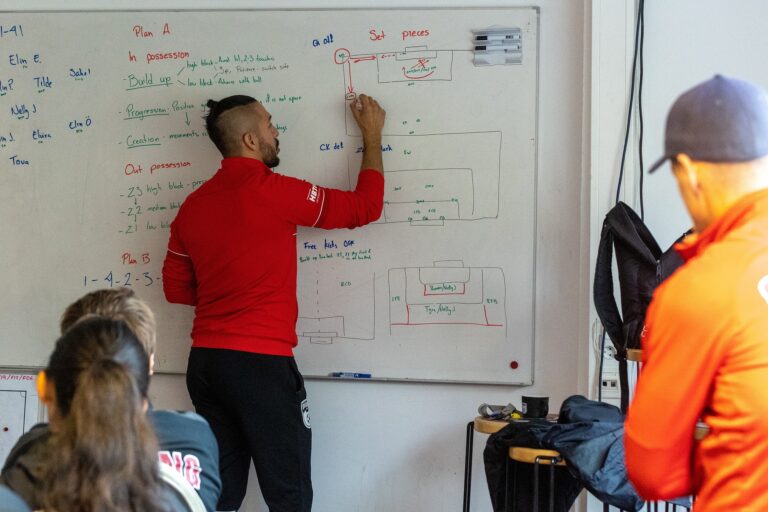Women heal less quickly from ACL injuries than men
Injuries to the anterior cruciate ligament (ACL), located in the knee, are commonly thought to be caused by acute traumatic events, such as sudden twists. Led by researchers at Penn State, new work analyzing an animal model of ACLs suggests that such injuries may also occur as a result of chronic overuse, specifically due to a reduced ability to repair microtraumas associated with overuse. Importantly, according to the team, women are less able to heal from these microtraumas than men, which could explain why women are two to eight times more likely to tear their ACL ligaments than men.
“ACL tears are one of the most common injuries, affecting more than 200,000 people in the US each year, and women are known to be particularly susceptible,” said lead researcher Spencer Szczesny, associate professor of biomedical engineering and orthopedics and rehabilitation at Penn . Stands. “Although recent research suggests that chronic overuse may lead to ACL injuries, no one has yet examined the different biological responses of female and male ACLs to applied force.”
From the research, published in the Journal of Orthopedic Researchresearchers placed ACLs from deceased male and female rabbits in a custom-built bioreactor that simulated the conditions of a living animal but allowed for direct observation and measurement of the tissue. They then applied repetitive forces to the ACLs that mimicked the forces that would naturally occur during activities such as standing, walking and trotting, and measured the expression of genes related to healing.
In male samples, the team found that low and moderate applied forces, such as those that would occur while standing or walking, resulted in increased expression of anabolic genes, which are related to building molecules needed for healing. In contrast, greater applied forces, such as would occur with repetitive trotting, reduced the expression of these anabolic genes. However, in female samples, the amount of force applied did not affect the level of anabolic gene expression.
“It didn’t matter whether there was low, medium or high activity in women,” said Lauren Paschall, a biomedical engineering graduate student at Penn State and first author of the paper. “Female ACLs exposed to chronic use simply did not heal as well as male ACLs, which may explain why women are prone to injuries. This supports the hypothesis that non-contact ACL injuries are attributed to microtraumas associated with chronic overuse that predisposes the ACL make for injuries.” .”
According to the researchers, one explanation for the gender differences the team observed could be due to the higher amounts of estrogen in women.
“Some studies have shown that the overall effect of estrogen on ACL injury is negative,” Paschall said. “Specifically, studies have shown that human women are more likely to tear their ACLs during the preovulatory phase, when estrogen levels are high, than during the postovulatory phase, when estrogen levels are low.”
She said the team plans to further investigate the role of estrogen in ACL injuries.
Szczesny noted that although the team’s research did not take place in humans, the findings may indicate that providing women with additional recovery time after injuries could be beneficial.
“Ultimately, this work could also help identify targets for therapies to prevent ACL injury in women,” he said.
Other Penn State authors on the paper include Sabrina Carrozzi, graduate student; Erdem Tabdanov, assistant professor of pharmacology; and Aman Dhawan, professor of orthopedics and rehabilitation.
The Orthopedic Research and Education Foundation and the Congressional Directed Medical Research Program supported this research.







2 Comments